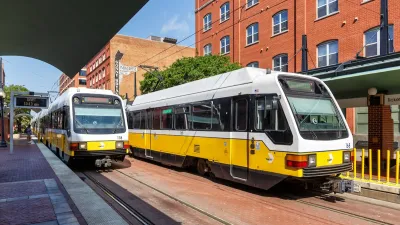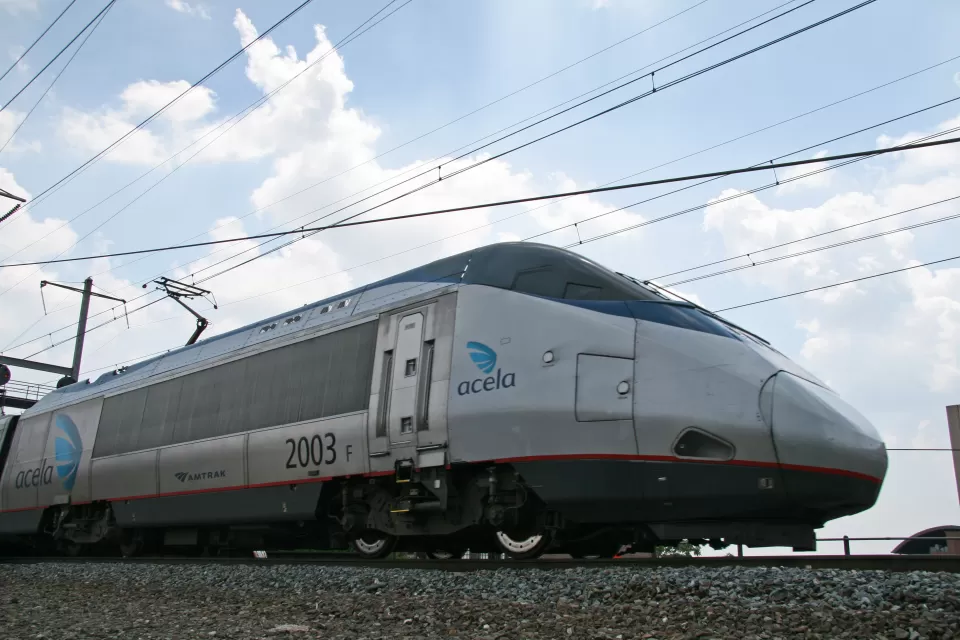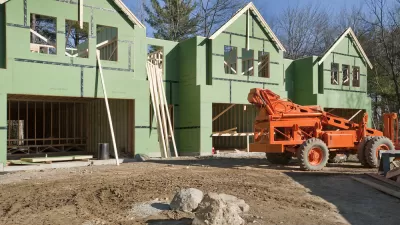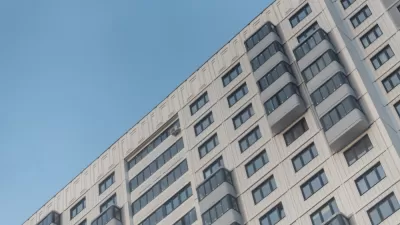While it may not have the world's highest absolute property values, Beijing has the highest imbalance between housing prices and incomes. Gwynn Guilford examines why this is problematic for the country's economic and social wellbeing.
"Five big Chinese cities rank among the priciest housing markets in the world, surpassing notoriously expensive cities like Tokyo, London and New York, based on calculations by the International Monetary Fund," reports Guilford. By measuring the price-to-wage ratio (median housing prices versus median disposable incomes), the IMF data shows that "the mid-range price of an apartment in New York is 6.2 times more than what a typical family makes in a year. By comparison, it would take nearly a quarter-century of earnings to buy a pad in Beijing’s capital outright."
"Residential property is a big mess for the Chinese government—and it’s not going away," adds Guilford. "That’s worrying news for the government; housing prices are a major source of public resentment. The danger isn’t just the threat of popular unrest, though: It’s that soaring property prices make people feel less wealthy and less inclined to consume. And that’s exactly what the government needs them to do in order to wean the economy off its dependency on exports and credit-driven investment."
FULL STORY: China has the priciest housing on the planet

Study: Maui’s Plan to Convert Vacation Rentals to Long-Term Housing Could Cause Nearly $1 Billion Economic Loss
The plan would reduce visitor accommodation by 25,% resulting in 1,900 jobs lost.

North Texas Transit Leaders Tout Benefits of TOD for Growing Region
At a summit focused on transit-oriented development, policymakers discussed how North Texas’ expanded light rail system can serve as a tool for economic growth.

Why Should We Subsidize Public Transportation?
Many public transit agencies face financial stress due to rising costs, declining fare revenue, and declining subsidies. Transit advocates must provide a strong business case for increasing public transit funding.

How to Make US Trains Faster
Changes to boarding platforms and a switch to electric trains could improve U.S. passenger rail service without the added cost of high-speed rail.

Columbia’s Revitalized ‘Loop’ Is a Hub for Local Entrepreneurs
A focus on small businesses is helping a commercial corridor in Columbia, Missouri thrive.

Invasive Insect Threatens Minnesota’s Ash Forests
The Emerald Ash Borer is a rapidly spreading invasive pest threatening Minnesota’s ash trees, and homeowners are encouraged to plant diverse replacement species, avoid moving ash firewood, and monitor for signs of infestation.
Urban Design for Planners 1: Software Tools
This six-course series explores essential urban design concepts using open source software and equips planners with the tools they need to participate fully in the urban design process.
Planning for Universal Design
Learn the tools for implementing Universal Design in planning regulations.
City of Santa Clarita
Ascent Environmental
Institute for Housing and Urban Development Studies (IHS)
City of Grandview
Harvard GSD Executive Education
Toledo-Lucas County Plan Commissions
Salt Lake City
NYU Wagner Graduate School of Public Service





























